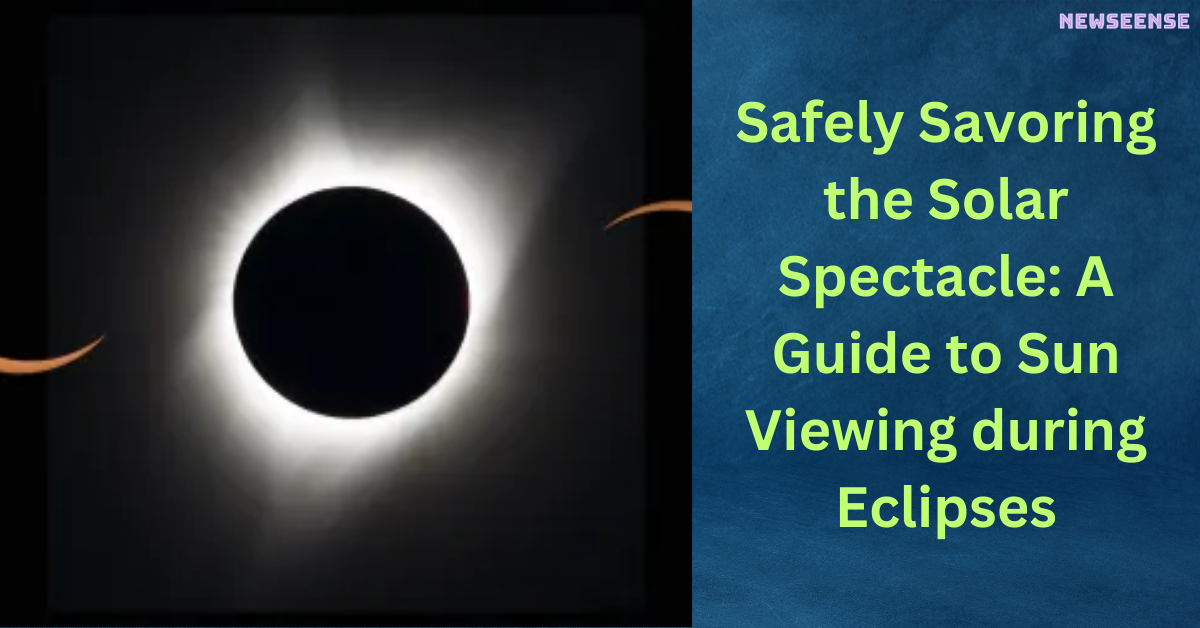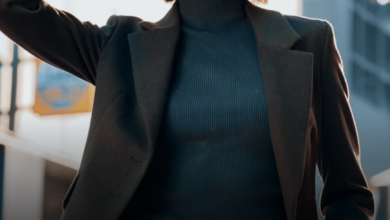
Unlocking the Secrets of Solar Gazing: Safety First!
The celestial ballet of a solar eclipse unfolds with breathtaking beauty, but witnessing this awe-inspiring event demands caution and proper protection. Beyond the enthralling totality, the Sun’s brilliance poses risks to unprotected eyes. Let’s delve into essential safety guidelines and methods for safely observing a solar eclipse.
Table of Contents

1. The Dangers of Direct Sun Viewing
Except during the fleeting totality phase, gazing directly at the Sun without specialized eye protection is perilous. Using cameras, binoculars, or telescopes sans solar filters over the optics instantly leads to severe eye injury. Regular sunglasses are insufficient; only certified solar viewing glasses or handheld solar viewers meeting the ISO 12312-2 international standard are safe.
2. Eclipse Glasses: Your Essential Companion
During partial phases preceding and succeeding totality, never rely on the naked eye. Equip yourself with genuine eclipse glasses, distinctly different from regular sunglasses. Always check for compliance with ISO standards, and inspect for damages before use. Supervise children wearing solar viewers to ensure their safety.
3. A Cautionary Note for Optical Devices
Combining eclipse glasses or handheld viewers with cameras, binoculars, or telescopes is dangerous. Use different solar filters specifically designed for these optical devices. Seeking expert advice from an astronomer is crucial to ensure safe solar observation.
4. Indirect Viewing Methods: A Safe Alternative
If eclipse glasses or handheld viewers are unavailable, opt for indirect viewing methods. A pinhole projector, featuring a small opening projecting the Sun’s image onto a surface, allows safe observation without direct eye exposure. Never look at the Sun through the pinhole.
5. Totality Moments: When to Unveil the Eyes
Only during the total eclipse phase, when the Moon conceals the Sun entirely, is it safe to view without protective eyewear. Recognize totality by the absence of sunlight through eclipse glasses or a solar viewer. However, the reappearance of the Sun, even slightly, demands the immediate return of eclipse glasses or handheld viewers.
6. Skin Safety: Beyond Eye Protection
While mesmerized by the celestial ballet, don’t overlook your skin’s well-being. Even during partial or annular phases, prolonged exposure to direct sunlight can cause harm. Prioritize skin protection with sunscreen, a hat, and suitable clothing.
In the enchanting dance of celestial bodies, safety must lead the way. Whether you choose eclipse glasses, handheld viewers, or indirect methods, ensure every gaze towards the Sun is shielded. Embrace the solar spectacle responsibly, reveling in the celestial marvel while safeguarding your eyes and skin.
Information Source: Nasa
Also read: https://newseense.com/decoding-the-brains-role-in-female-reproduction-insights-from-latest-research/
- BJP President JP Nadda Issues Notice to Dilip Ghosh Over Controversial Remarks on Mamata Banerjee
- Ram Charan and Kiara Advani’s ‘Jaragandi’ Song from Game Changer Released
- Pre-Match Banter: Rohit Sharma’s Flying Kiss Recreation Adds Spice to MI vs SRH Clash
- Swami Smaranananda Maharaj, President of Ramakrishna Math and Ramakrishna Mission, Passes Away at 95
- Stand-up Comedian Munawar Faruqui Breaks Silence on Social Media After Mumbai Police Detention






2 Comments